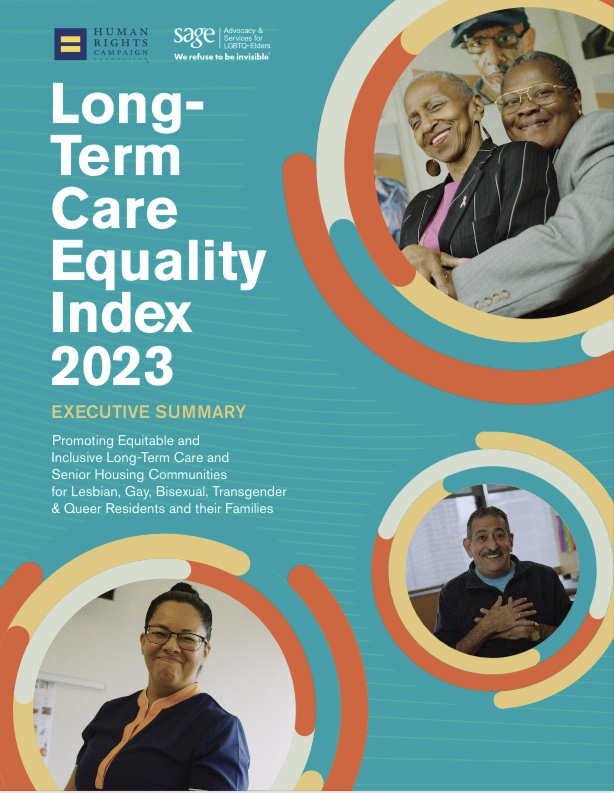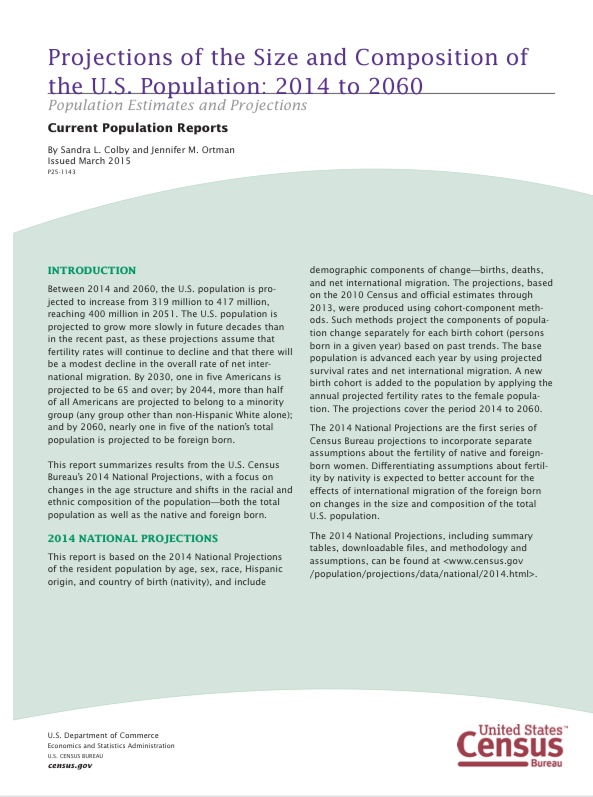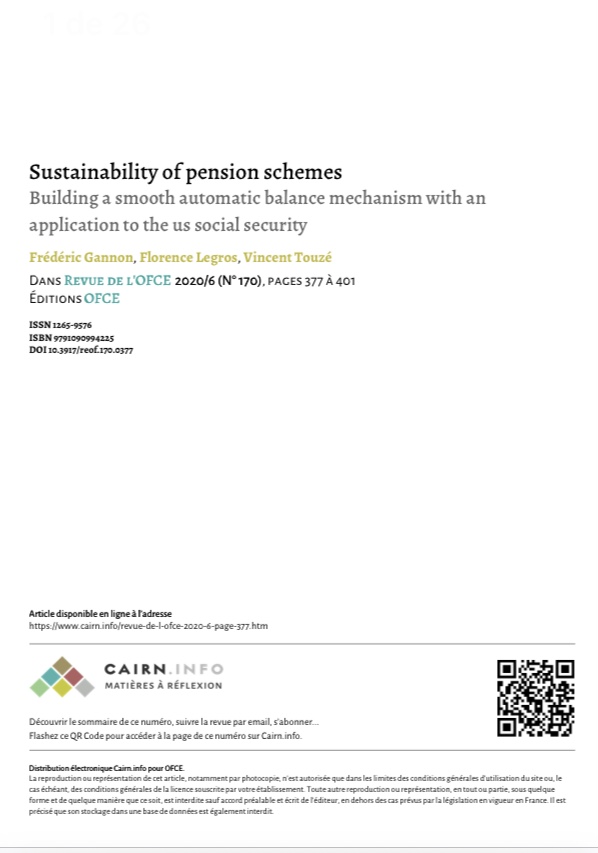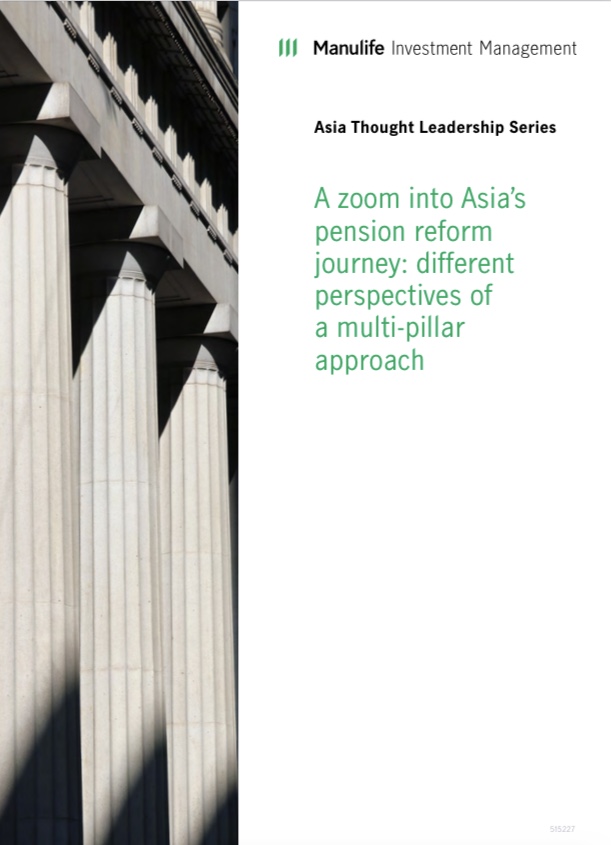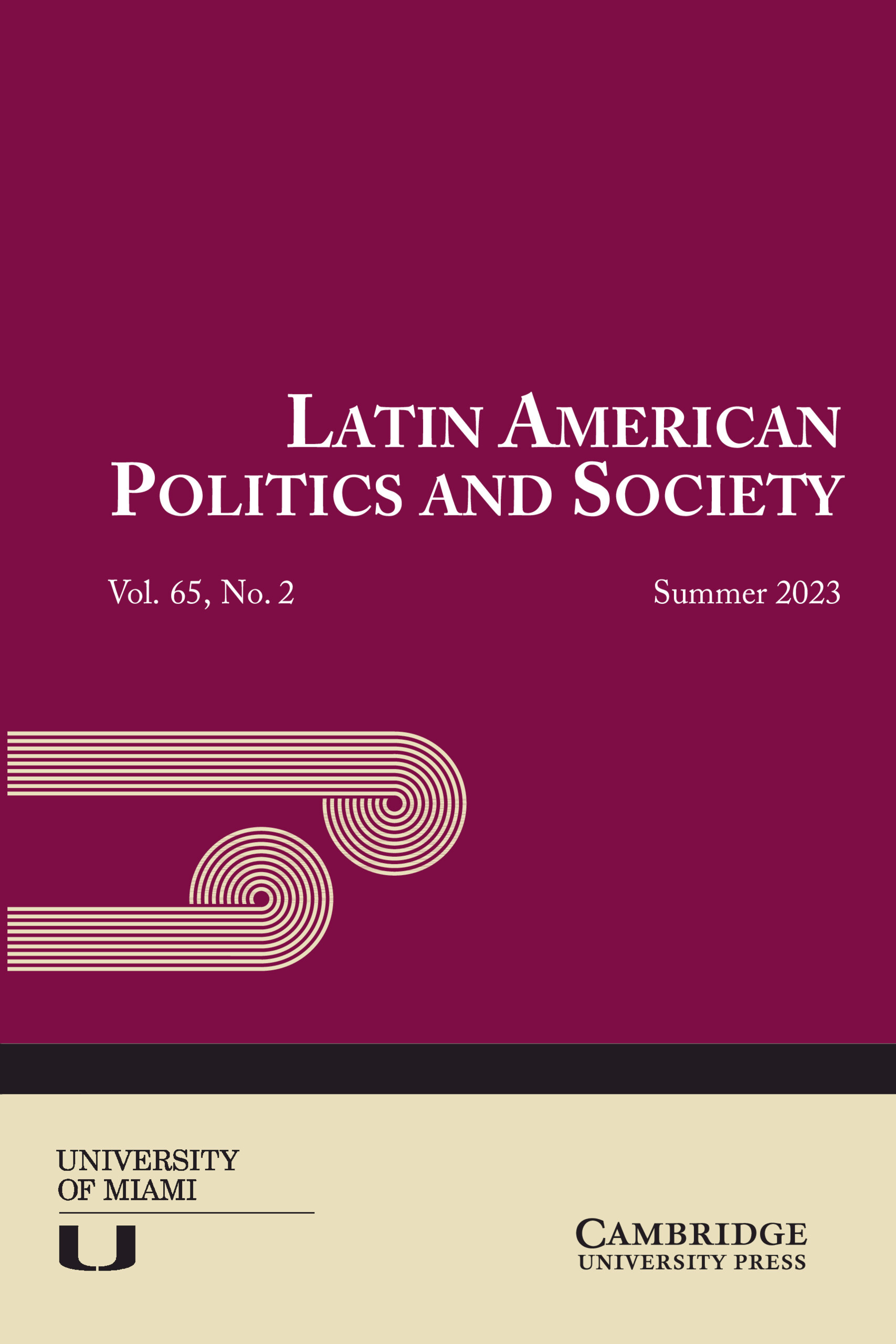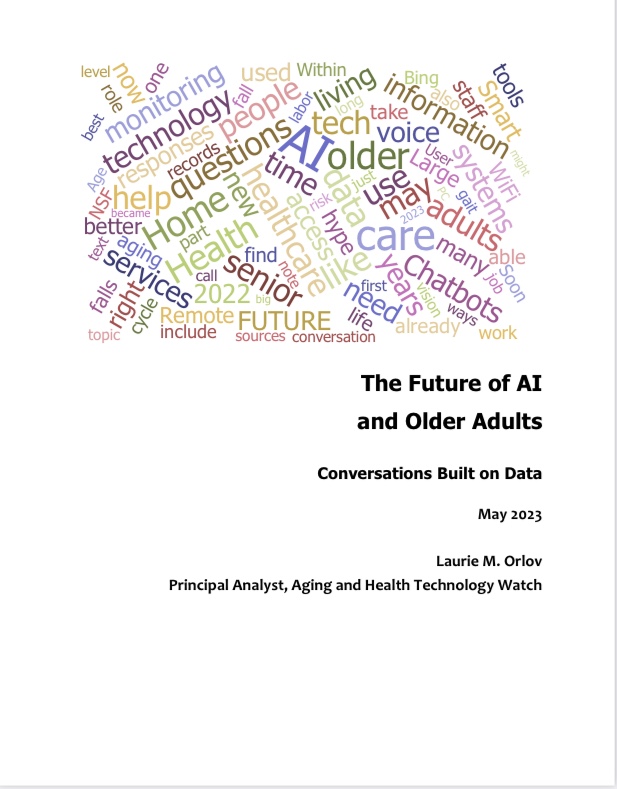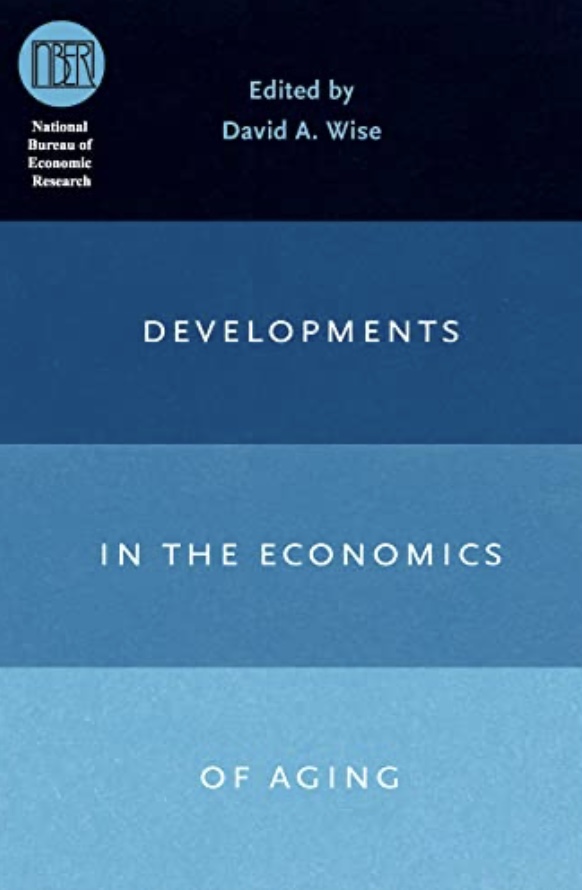Understanding issues facing LGBT older adults
By Movement Advancement Project & Sage It is estimated that there are approximately 2.7 million LGBT adults aged 50 and older in the United States, 1.1 million of whom are 65 and older. Understanding Issues Facing LGBT Older Adults provides an overview of their unique needs and experiences so that service providers, advocates, the aging network, and policymakers can consider these factors when serving this population or passing laws that impact older adults and the LGBT community. Read book “here”


